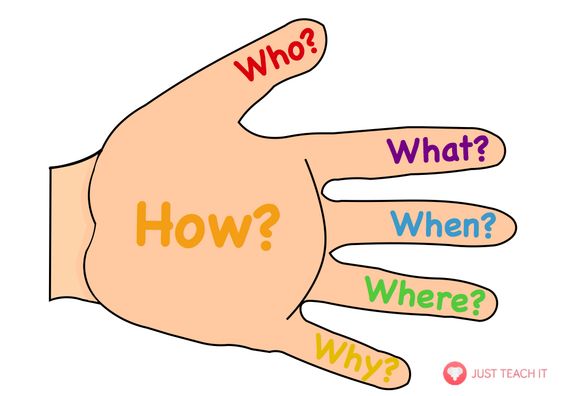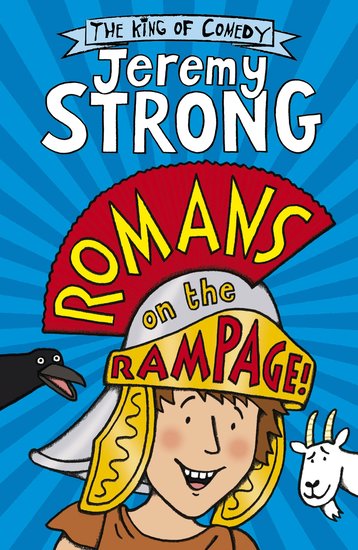English
Autumn1 - A Bear called Paddington
Key Learning
Towards the end of the unit, children will be writing their own Paddington Adventure story. By then children will be able to:
- Use subordination for time.g. when, before and after
- explore and identify complex sentences using a range of conjunctions. g. when, before, after, while, until.
- use a comma to separate clause in complex sentences where the subordinate clause appears first.
- identify, generate and effectively use noun phrases. g. The blue butterfly with shimmering wings…
- select vocabulary from a vocabulary banks
- use inverted commas to punctuation direct speech (speech marks)





Explore the clips before to familiarise yourself with Paddington.
Paddington meets the Brown family http://www.viewpure.com/sCgnuhb45ik?start=0&end=0
Mr Bown joins Paddington for tea http://www.viewpure.com/VBku6tXLDo4?start=0&end=0
Autumn1 - Biographies
Key Learning
During this unit we will be exploring a number of author biographies before researching a popular author and writing our own.
By the end of the unit, children will be able to:
- recognise key features of a biography including the structural layout and language features
- understand and use subheadings
- use subordination for time.g. when, before and after
- explore and identify complex sentences using a range of conjunctions. g. when, before, after, while, until.
- use a comma to separate clause in complex sentences where the subordinate clause appears first.
- be able to write in the past tense
- write in the third person
We spent some time looking at different biographies about famous authors such as Roald Dahl, J K Rowling and Jeff Kinney. The children really enjoyed learning about different authors. We then researched our favourite authour and collected facts about them before writing a biography about them.
We can't wait to share with you some finished biographies.
Autumn1 - Biographies
Key Learning
During this unit we will be exploring a number of author biographies before researching a popular author and writing our own.
By the end of the unit, children will be able to:
- recognise key features of a biography including the structural layout and language features
- understand and use subheadings
- use subordination for time.g. when, before and after
- explore and identify complex sentences using a range of conjunctions. g. when, before, after, while, until.
- use a comma to separate clause in complex sentences where the subordinate clause appears first.
- be able to write in the past tense
- write in the third person
We spent some time looking at different biographies about famous authors such as Roald Dahl, J K Rowling and Jeff Kinney. The children really enjoyed learning about different authors. We then researched our favourite authour and collected facts about them before writing a biography about them.
We can't wait to share with you some finished biographies.
Poetry
On Friday 21st October we created recipes for a good friend and enjoyed practically combining ingredients of different qualities we thoguht a good friend should have. Some of the qualities (ingredients) were equality, happiness, loyalty, kindness etc. Take a look at the pictures and video clips below.


.JPG)
Autumn 2 –
The Tin Forest

Key Learning
Towards the end of the unit, children will be writing their own version of The Tin Forest. By then children will be able to:
· To understand and use the correct determiners ‘a’ and ‘an’ in sentences
· To identify and use adverbs
· To identify and use a range of prepositions
· To write complex sentences using a range of conjunctions e.g. if, so, although.
· To use the perfect form of verbs
· To identify, generate and effectively use noun phrases. e.g. The blue butterfly with shimmering wings…
· To select vocabulary from a vocabulary banks
Here is a picture of our Talk For Writing story plan of The Tin Forest.
Here are some words that were unfamiliar top the children, so we spent some time exploring them.
We sequenced the story.
We have also been practising our grammar using the 'i model'. The children really enjoy orally rehearsing their sentences using our microphones.
Here are some of the subordnating clauses we wrote.


Mission: To write a persuasive letter about eating healthy
Use intonation, tone and volume
Identify key language features of persuasive text
To explore vocabulary
Plan a persuasive letter
Spring 1
Spring 1 – The Stone Age boy

Key Learning
Towards the end of the unit, children will be writing their own version of The Stone Age boy story. By then children will be able to:
· To use preposition to express time
-To use adverbs to express time
-To use preposition for place
· To recognise word families
· To write complex sentences using a range of conjunctions e.g. if, so, although.
· To identify, generate and effectively use noun phrases. g. The blue butterfly with shimmering wings…
· To select vocabulary from a vocabulary banks
Spring 1 – Discussion text
![]()
Key Learning
After exploring the features of a number of discussion text, we will be writing our own discussion text about whether it would be better to live in the Stone Age or not?
By then children will be able:
· To features of a discussion text
![IMG_3238[1].JPG](/uploads/378/images/3RE/english/discussions/IMG_3238[1].JPG)
![IMG_3239[1].JPG](/uploads/378/images/3RE/english/discussions/IMG_3239[1].JPG)
![IMG_3240[1].JPG](/uploads/378/images/3RE/english/discussions/IMG_3240[1].JPG)

Key Learning
We will be exploring the Iron Man character in detail before using the Talk 4 Writing techniques to develop our own story.
By then children will be able:
· To make predictions about the book
· To visualise a character
· To make comparisons between a film and a chapter in the book
· To identify key points within a text
· To use drama to explore the thoughts and feelings of characters
· To a dictionary and thesaurus to improve writing skills.
Iron Man - Chapter 1 (Video clip) : https://youtu.be/ycgfA-7udHs
A copy of chapter 1 has been attached below
We have been looking at the text The Iron Man, linked to this unit we have explored poems based on The Iron Man. Together we generate powerful verbs in order to create our own poems.
Summer 1 – Playscripts
Key Learning
After exploring the features of playscripts, we will be writing our own based on Jeremy Strong's book 'Romans on the Rampage'.

By then children will be able:
- identfity similariies and differences between a fictional story and a playscript
- know how to read a playscript
- identify the key feaures of a playscript
- be able to adapt a fictional story for a play
- act out a play with emotion
Non- chronological reports


We raised questions about the topic ' The Romans'
We explored historical vocabulary linke the topic to make our own glossary.
We gathered information to go undereach sub-heading.
We looked at the features of a non-chronological report.
We planned our report.
We wrote our report.

We have been looking at the poem I am a Roman Soldier below
We did lots of work on vocabulary, determiners and why the author chose to use the vocabualry he used.
This half term we are looking at the poem The Spider and the Fly
 Reedley Primary School
Reedley Primary School



![IMG_1886[1].JPG](/uploads/378/images/3RE/IMG_1886[1].JPG)








.JPG)
















![IMG_3246[1].JPG](/uploads/378/images/3RE/english/iron man/IMG_3246[1].JPG)
![IMG_3241[1].JPG](/uploads/378/images/3RE/english/iron man/IMG_3241[1].JPG)
![IMG_3242[1].JPG](/uploads/378/images/3RE/english/iron man/IMG_3242[1].JPG)
![IMG_3243[1].JPG](/uploads/378/images/3RE/english/iron man/IMG_3243[1].JPG)
![IMG_3245[1].JPG](/uploads/378/images/3RE/english/iron man/IMG_3245[1].JPG)
.JPG](/uploads/378/images/3RE/english/IMG_3315[1](1).JPG)















.jfif)